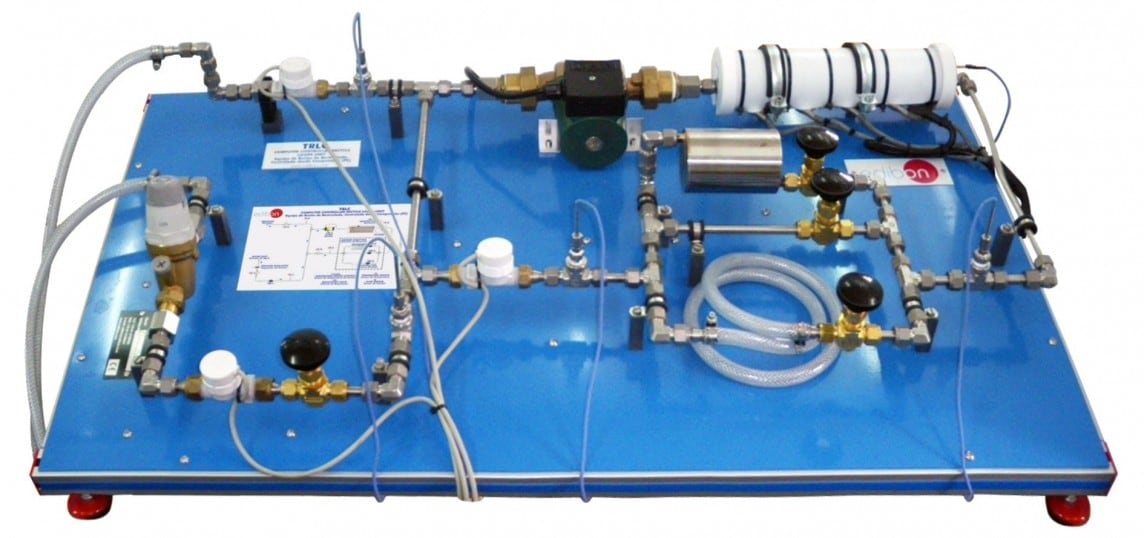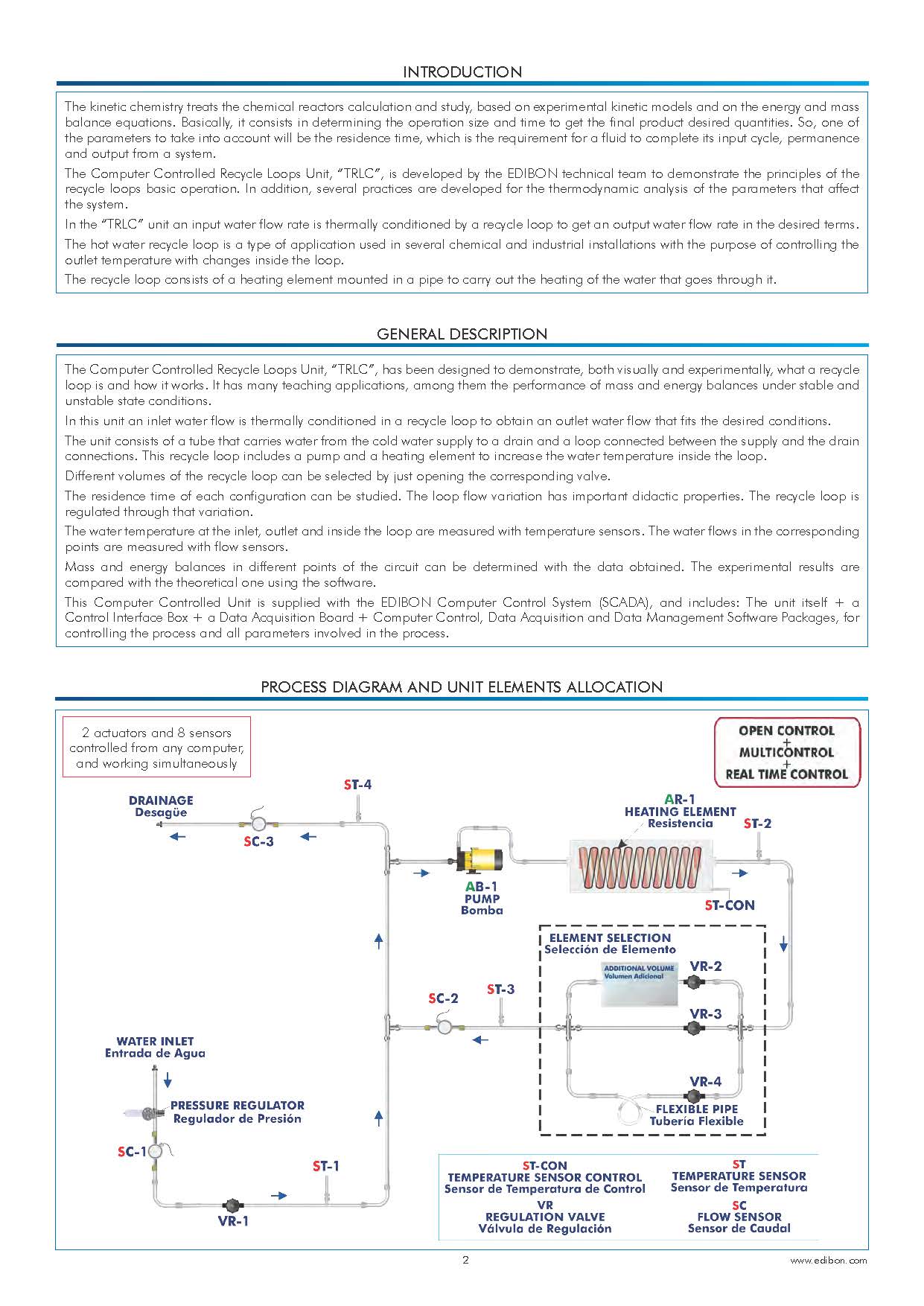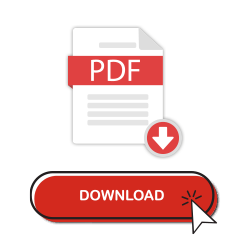
Computer Controlled Recycle Loops Unit
INTRODUCTION
The kinetic chemistry treats the chemical reactors calculation and study, based on experimental kinetic models and on the energy and mass balance equations. Basically, it consists in determining the operation size and time to get the final product desired quantities. So, one of the parameters to take into account will be the residence time, which is the requirement for a fluid to complete its input cycle, permanence and output from a system.
The Computer Controlled Recycle Loops Unit, “TRLC”, is developed by the EDIBON technical team to demonstrate the principles of the recycle loops basic operation. In addition, several practices are developed for the thermodynamic analysis of the parameters that affect the system.
In the “TRLC” unit an input water flow rate is thermally conditioned by a recycle loop to get an output water flow rate in the desired terms.
The hot water recycle loop is a type of application used in several chemical and industrial installations with the purpose of controlling the outlet temperature with changes inside the loop.
The recycle loop consists of a heating element mounted in a pipe to carry out the heating of the water that goes through it.
EXERCISES AND PRACTICAL POSSIBILITIES TO BE DONE WITH THE MAIN ITEMS
- Understanding the meaning of Water Recycle Loop.
Mass balances of steady state: - Mass balance in the recycle loop in stationary regime with ifferent water proportion in recirculation and different loops.
Heat balances of unsteady state: - Determination of the recycle loop system response faced, when the heating element is switched on, at different flow rates and different loops.
- Determination of the recycle loop system response faced, when the heating element is switched off, at different flow rates and different loops.
Heat balances of steady state: - Thermal balance in the recycle loop in stationary regime withm different water proportions in recirculation and different loops.
Additional practical possibilities: - Sensors calibration.
Mass balances of steady state: - Demonstrating that whatever the recycle rate, the inlet flow rate equals the outlet flow rate.
Heat balances of unsteady state: - Study of the effect of change the inlet flow.
- Study of the effect of recycle with no through flow.
Heat balances of steady state: - Checking the variation of the outlet temperature, with the heating element switched on and a fixed water flow at the inlet, caused by different recycled flow.
- Determination of the heat quantity absorbed in the recycle loop.
- Use of the steady flow energy equation for the overall system.
- Use of the steady flow energy equation for different points of the system.



